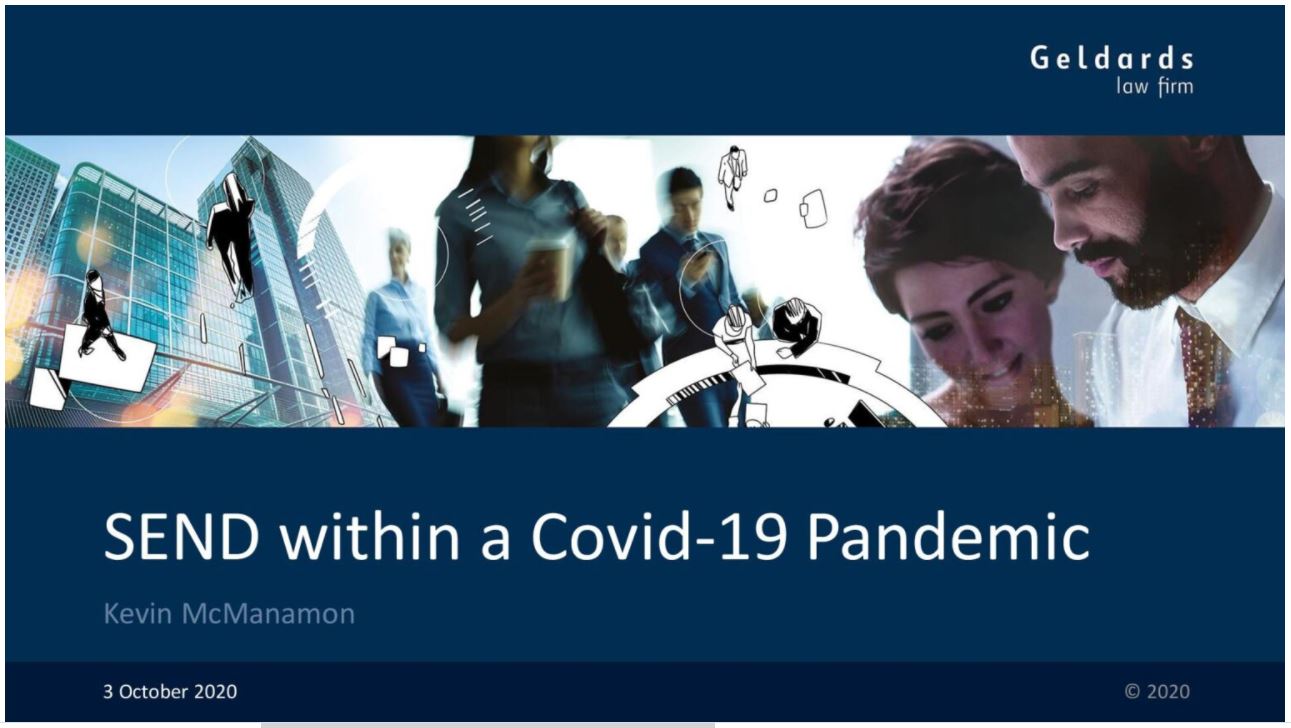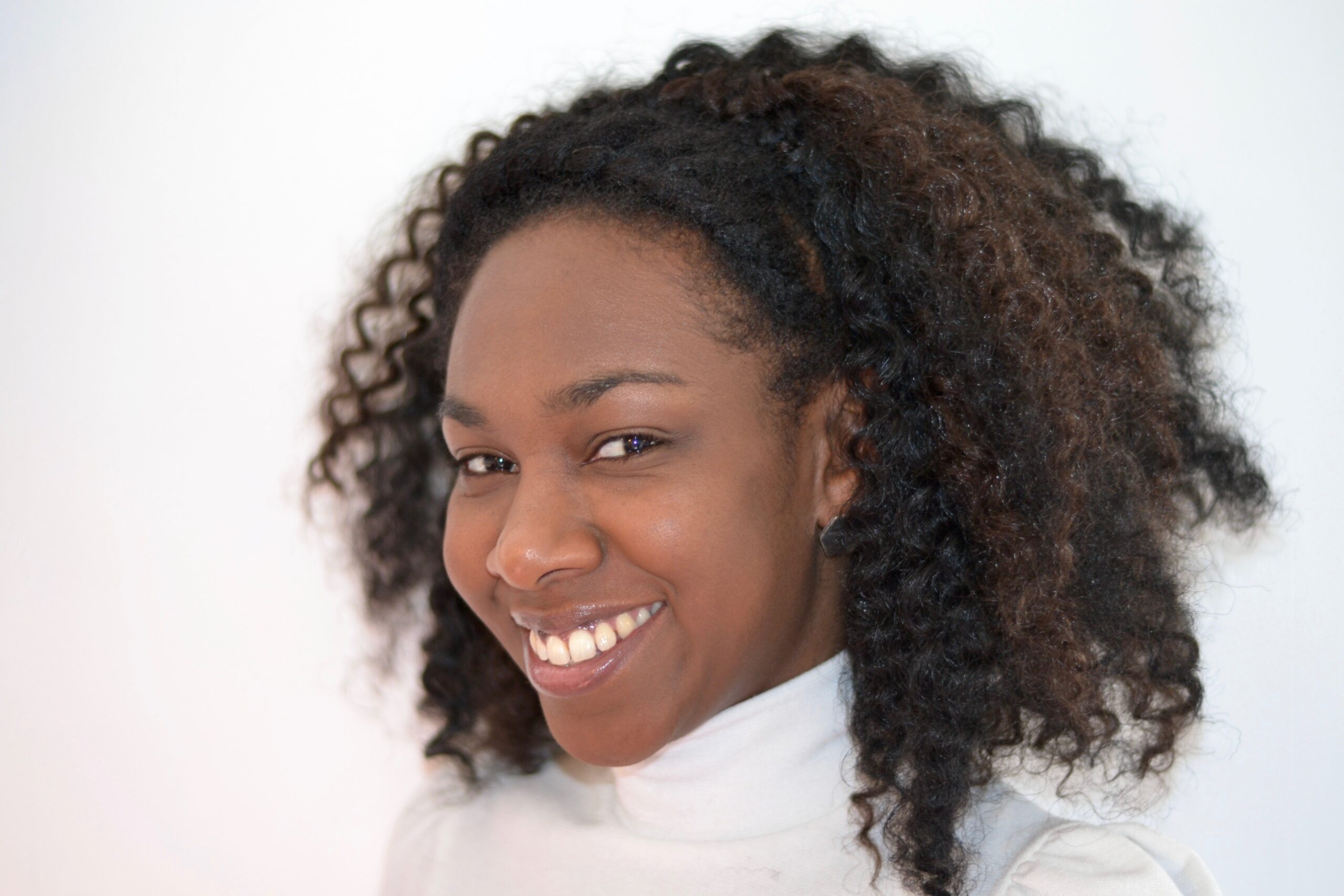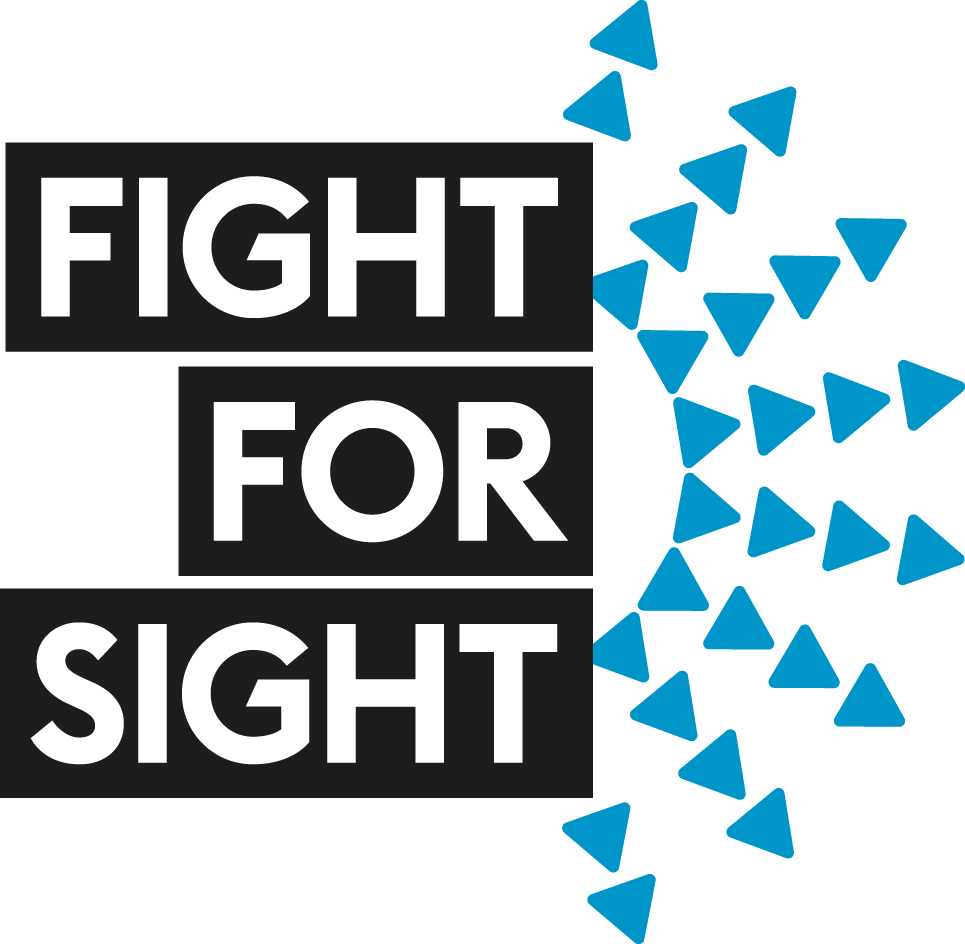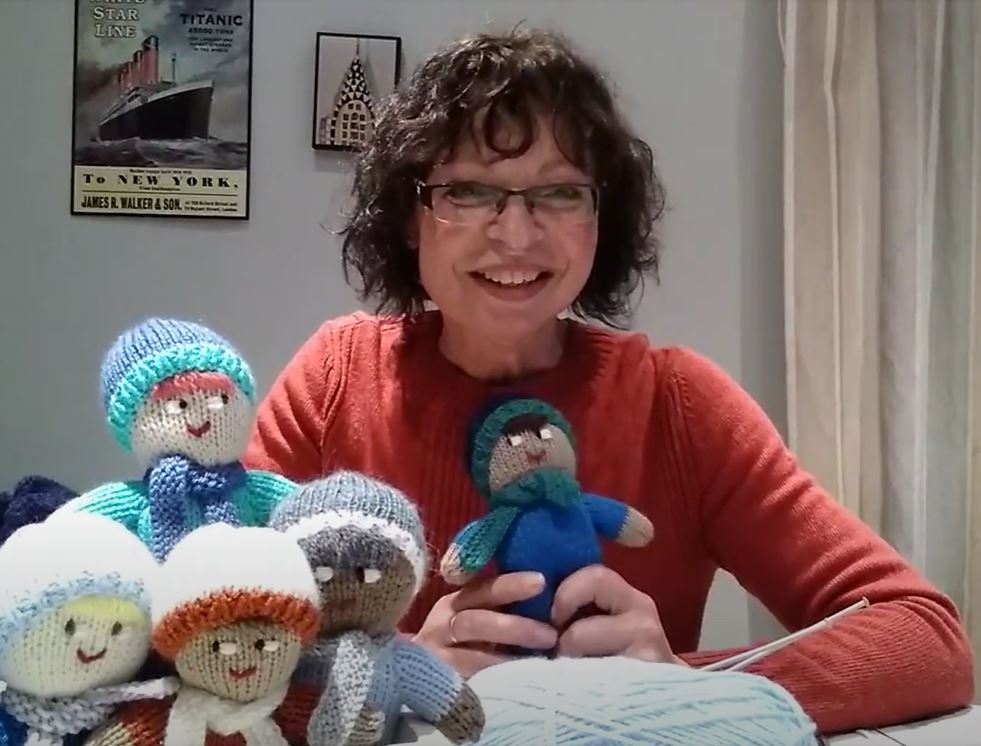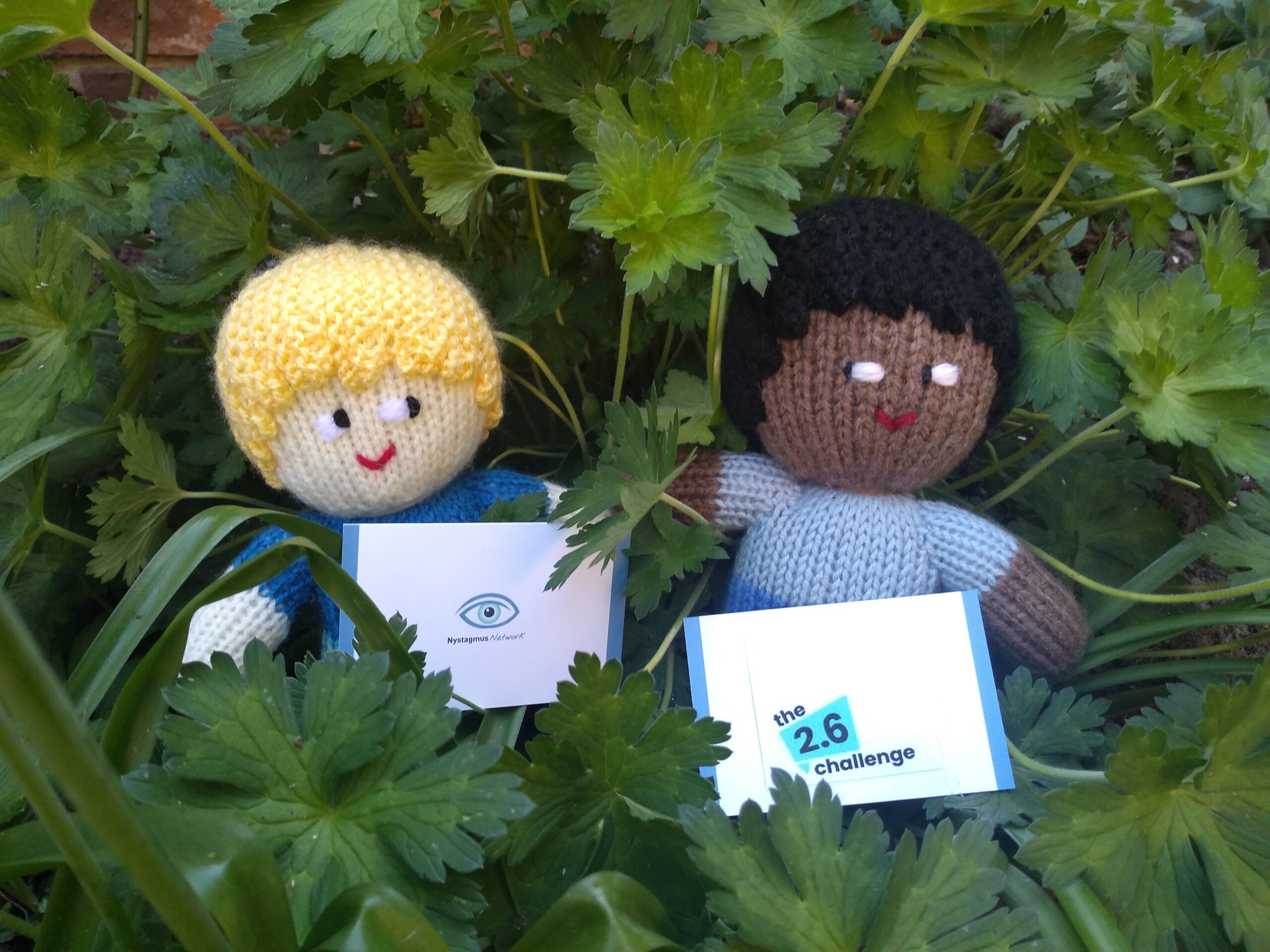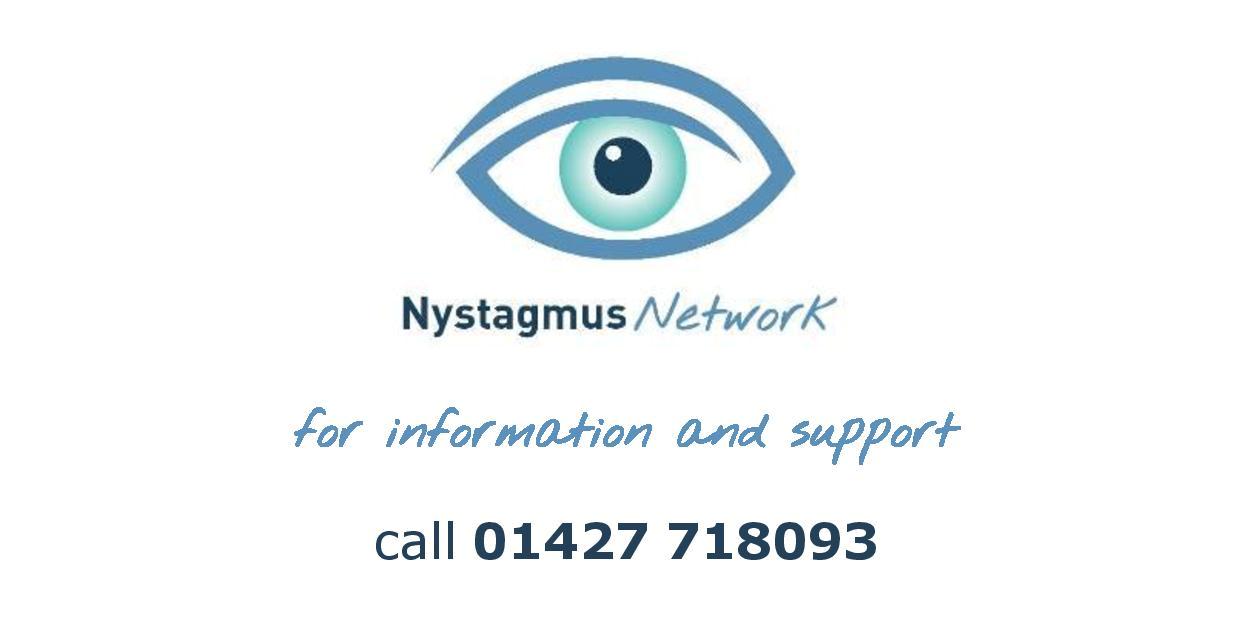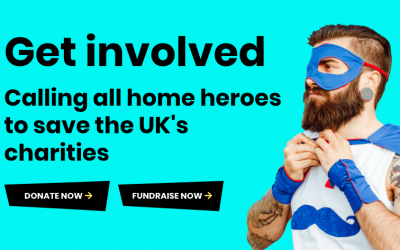A Guest Post by author and nystagmus Mum, Nadine Neckles
So the world has turned on its head and what we once considered normal and safe has morphed into anxiety inducing, mask wearing, groundhog day feeling ‘normality’.
COVID-19 has changed a lot of what we do and how we do it, including how and where our children are taught.
2020 the year of vision, has been a real eye opener
Entering into lockdown I had big ambitions. I would replicate school as closely as possible. There would be structure. Each day, a bit of maths, English and therapy. My daughter, who has nystagmus, also attends a specialist school as she has learning difficulties and thus therapy is a BIG part of her curriculum.
It started off promising, with bundles of enthusiasm from me. I got to play, being ‘teacher’ at ‘Mummy school’ and I secretly loved it! But by Wednesday of the first week (yep, the first week) I was already drowning. Literally, not just by the reams and reams of paper I’d over zealously printed off, but in managing my child’s needs.
I’d done what I’ve done many times in the past and forgotten (or not considered enough) the impact of her visual impairment and other needs on her whilst at home.
After 30-40 mins in the morning she was done. Finished. Not able to do anymore schooling. This didn’t fit into my plan of teaching at least 4 hours. It also meant this tiny window of opportunity to teach had to be masterfully crafted to fit with her baby sister’s nap time.
Said sister is not one to follow my meticulously planned teacher timetable and I found myself running up and down trying to help them both at the same time. So, I needed reinforcement and thus the substitute ‘teacher’ Miss TV was brought in.
Curated TV shows were picked in an attempt to allay my guilt at not being as present as I wanted. But, just as a ‘solution’ was found, more challenges arose.
TV was adding to her fatigue. The iPad was the same. Screen time, although a great tool, was making her eyes more tired.
By the afternoon she was over stimulated. Her sensory issues seeming to grow each day. Chewing her clothes, shoes, hairbands indiscriminately. Her temperament was also changing across the day, getting more and more irritable.
I tried introducing playtime in the garden on lovely days, but very quickly she would ask to go indoors or stay outside whilst hovering in the available shadows.
I had to evaluate what I was doing and how I could change them to better fit for her.
My ‘ah ha!‘ homeschooling moments
- Work around her. If she’s up for some activities run with it. If she doesn’t want to do P.E with Joe Wicks at 9 in the morning, it’s fine. Let her chill out!
- Keep things simple. I was going wrong trying to emulate school. First of all, I’m not a teacher. I don’t have the patience or the enthusiasm at 9 in the morning to bring the energy or creativity needed each day. If I was showered before 9 I was winning!
Instead of trying to do everything each day, just pick one thing and chunk it.
10 mins playing with the abacus (yes she prefers tactile visual 3d objects when learning maths). 10 mins on the computer later on. Mix it in with play with her and her sister and bingo you have 30/40 mins of maths done.
- Use your child’s interests. My daughter loves pretending to be a superhero and so ‘Mummy School’ used this as a motivator. We typed (font 24) together on the computer, to write lyrics to a superhero song.
- We made up a superhero story using key words.
- I sent her on missions around the house finding key objects, getting her to use her vision more specifically.
- We played target ‘shooting’ number games in the garden.
- We treasure hunted with key phonics sounds and she loved it.
It’s ok to move away from academic learning. Let go of the guilt!
My daughter clearly needs reassurance in these times. On a trip out to the park a passerby prompted a scared exclamation from her that she was ‘scared of people’. Being inside and kept away from friends and family was having an impact on her I hadn’t imagined. Indoors she’d seemed fine and at ease with our explanation about COVID-19, but how this manifested in a small child’s mind was, in fact, worry. So a deliberate decision as a family was made for daily trips out. Less emphasis placed on following the curriculum but more on her wellbeing.
TV is great but it needed to be limited and thus Miss TV could only come to ‘teach’ after lunch. Having the morning free of screen time gave her space to feel … bored. And though this can be incredibly annoying for us parents (as we are normally the boredom ‘slayers’) what has transpired for us was a growth in her independent play.
- Their eyes get tired. We know this, but I know I do forget in the whirlwind that is life. Being home during lockdown, I’ve seen more often my daughter’s wobble get more and more pronounced as the day goes on. She has always had a mild head turn but it has definitely accentuated in these times. She needs time to rest.
One thing I’ve learnt is that in my effort to support my daughter I also facilitate things too much for her, so she has grown used to always asking for help instead of trying to overcome the challenge herself.
Perseverance is a skill and very much linked to confidence. Being comfortable with getting things wrong is also very much part of our children’s journey.
As a parent of a child with needs, I always wanted to mitigate her feeling of helplessness. I wanted her to always feel she can ‘do it’ even if she needs help.
By sometimes putting in help prematurely, I’ve limited her chances in developing resilience and self confidence.
This lockdown has shown me that this is a key thing she needed to learn alongside her academic attainment.
Please don’t misunderstand me. Always have things in place that allow your child the best possible chance to access their work comfortably. But, separately, also encourage their own desire to work things out on their own.
The lockdown isn’t over and, while easing might be slowly coming in, we’re still far away from normality. This time has been revealing and a time I’m thankful for. There’s still enough time for further revelations but I will leave that for another post!
Key considerations during lockdown:
Keep a diary of any changes or concerns regarding your child’s eyesight. Although hospital appointments might not be happening as regularly, still speak to an ophthalmologist if you have any concerns that you feel can’t wait. Also keep in touch with your child’s QTVI who can provide help and support with homeschooling during this time.
Nadine is the author of ‘Can I Tell You About Nystagmus?’
A friendly guide, featuring a girl called Amber who explains all about her ‘dancing eyes,’ or nystagmus. Amber explains how children with nystagmus might need to read, learn or play differently, and what their families, school and friends can do to help.


